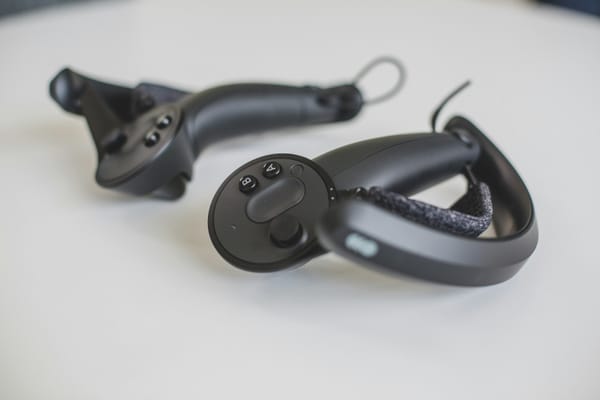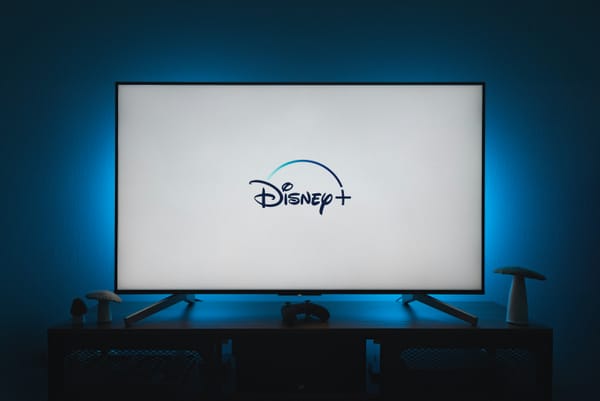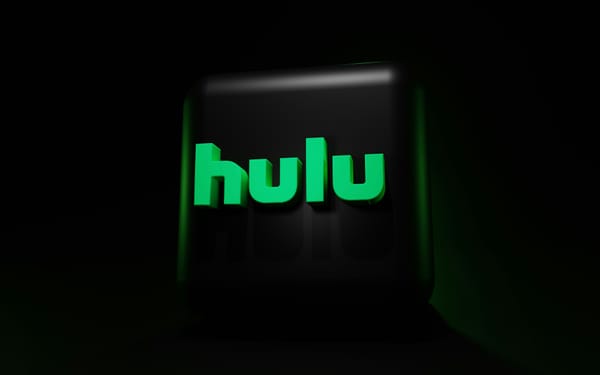19 Tips for VR Marketing & Free Apple Vision Pro Alternative for Meta Quest
Immerse the audience in unforgettable experiences! Elevate your brand with cutting-edge VR marketing. Revolutionize engagement like never before!
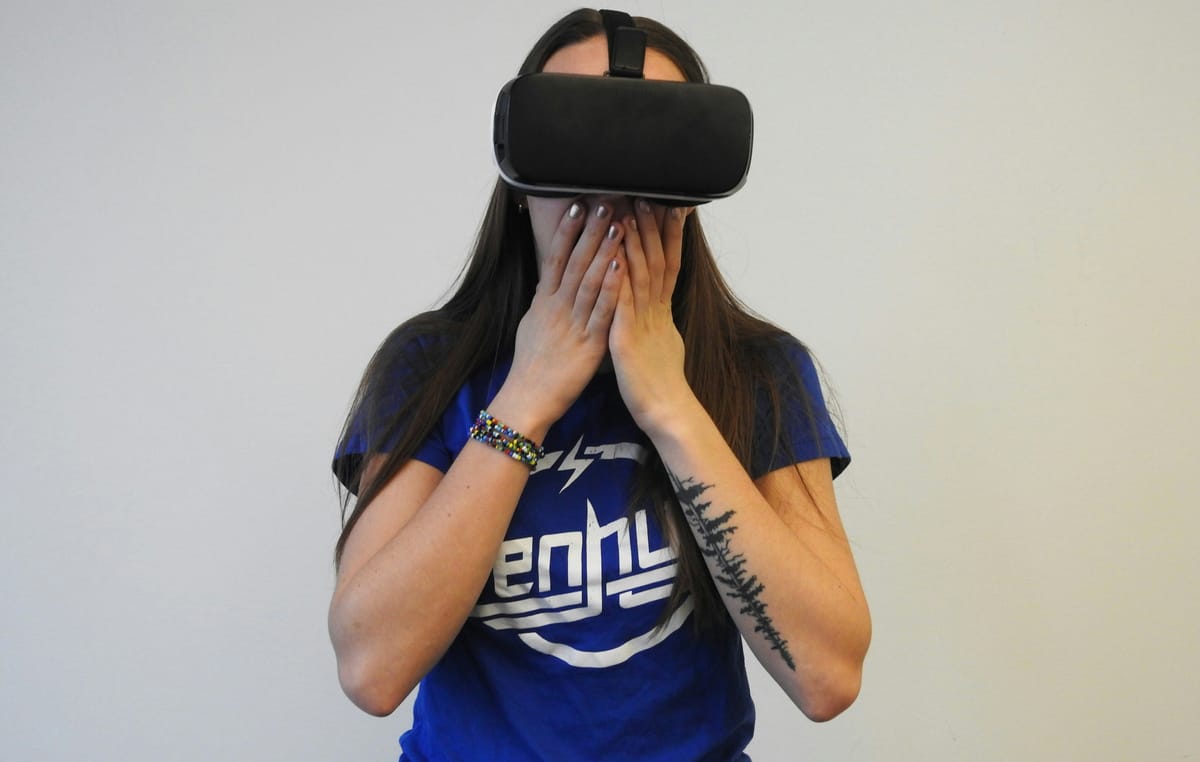
Immerse yourself in the future of marketing with VR marketing. Dive into a world where virtual reality seamlessly integrates with advertising strategies, revolutionizing how businesses engage with their audience. Explore the innovative possibilities that VR marketing offers, from interactive product showcases to personalized brand experiences. Step into the virtual workspace of tomorrow, where creativity knows no bounds, and consumer engagement reaches new heights. Join us on this journey as we uncover the power and potential of VR Marketing in reshaping the digital landscape.
Table of Contents
- What Is VR Marketing?
- 19 Tips for VR Marketing
- Complete Step-by-Step Guide On How To Use Fluid's Free Apple Vision Pro Alternative for Meta Quest
- Get The Apple Vision Pro Experience for A Fraction of The Cost With Fluid
What Is VR Marketing?
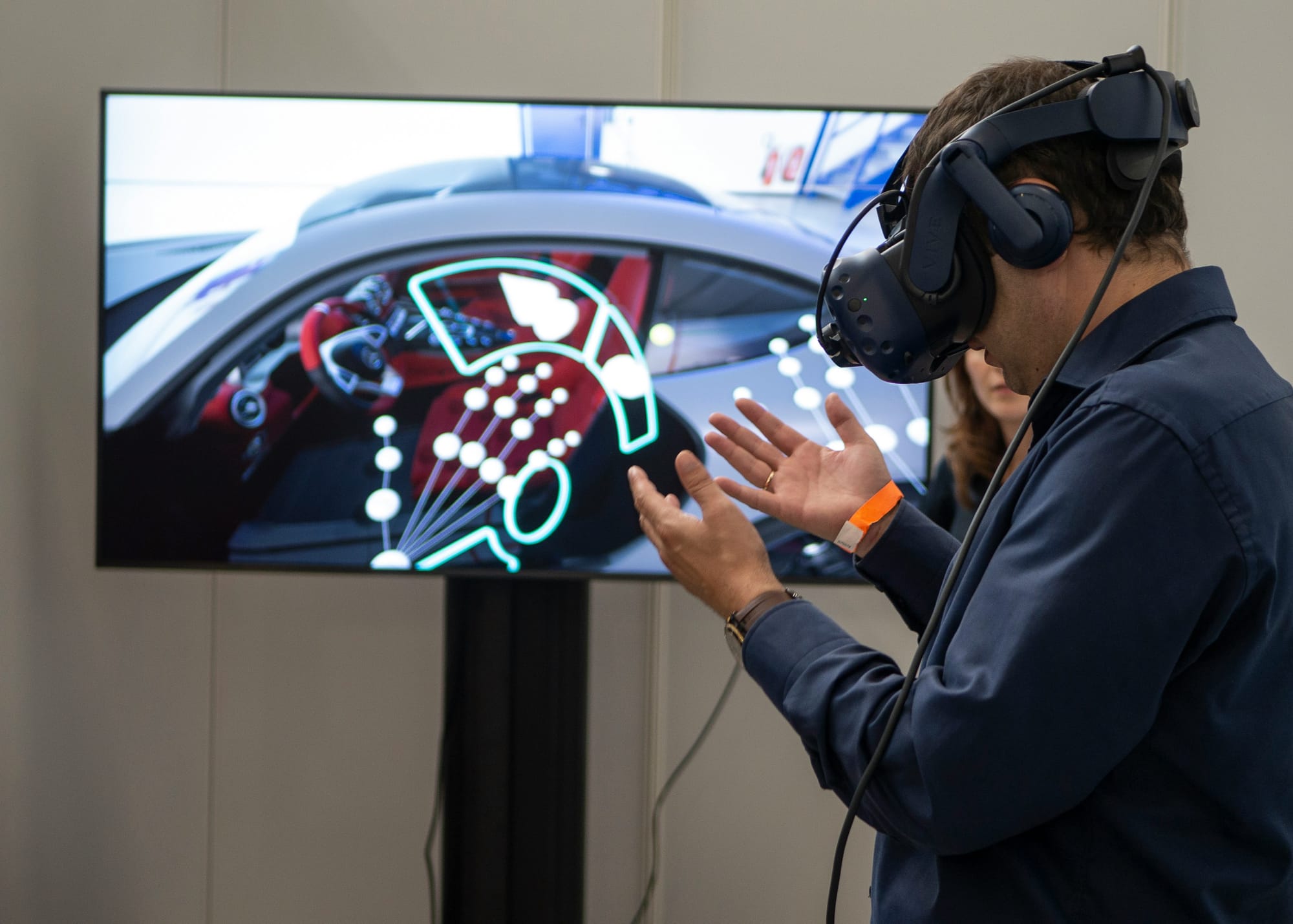
VR marketing is a cutting-edge strategy that leverages virtual reality technology to create immersive and engaging experiences for consumers. Companies integrating VR into their marketing campaigns can transport users to virtual environments where they can interact with products, services, and brand messaging in a unique and memorable way. This innovative approach allows businesses to capture the attention of their target audience and differentiate themselves in a crowded marketplace.
Case Study: IKEA VR Experience
One noteworthy example of a company that successfully implemented VR marketing is IKEA. The furniture retailer developed the IKEA VR Experience, which allows customers to virtually explore and interact with various kitchen designs. By immersing users in a virtual showroom, IKEA helps them visualize how different products would look in their own homes, enhancing the shopping experience and driving sales.
The Power of Immersive Storytelling
VR marketing enables brands to tell stories in ways that were previously unimaginable. By creating immersive narratives that resonate with consumers on a deep emotional level, companies can forge stronger connections and foster brand loyalty. Whether it's showcasing a product in a virtual environment or transporting users to a different world altogether, VR marketing has the potential to captivate audiences like never before.
Interactive Engagement and Personalized Experiences
One of the key advantages of VR marketing is its ability to offer interactive and personalized experiences to consumers. By allowing users to engage with content in a hands-on manner, companies can foster greater brand engagement and drive conversion rates. Whether it's trying out different product configurations, participating in virtual events, or embarking on guided virtual tours, VR marketing puts the power in the hands of the consumer.
Fluid: Turn Your VR Headset into a Spatial Computer
Fluid allows you to create a flexible workspace in XR on the Meta Quest. With Fluid, you can place big screens anywhere in augmented reality. Fluid enables flexible workspaces and entertainment, cloud gaming, and much more. The most game-changing feature of all: Fluid allows you to create a virtual workstation with VR/AR using the Meta Quest, with virtually any screen size. You can create your own $5,000+ work setup in VR/AR and take it wherever you’d like to.
Fluid solves remote working and remote work collaboration, long-distance relationships, remote teams, small startups with distributed co-founders, gamers who want a portable VR/AR gaming set, students, and much more. Turn your VR headset into a spatial computer for free today with Fluid. Break free from physical screens, watch content on a big screen from anywhere, get into a deep flow state by being immersed in your work, and create a flexible workspace anywhere with Fluid.
Related Reading
- Vr Workplace
- Augmented Reality In The Workplace
- Vr Work From Home
- Vr Training
- Vr Design
- Vr Programs
- Vr In Business
- Vr Conferencing
- Vr Meetings
- Virtual Reality Business Applications
19 Tips for VR Marketing

1. Building a VR Marketing Culture Within Your Marketing Department
To ensure the success of your VR marketing campaign, it is crucial to immerse your marketing team in VR culture. Encourage your team to explore VR experiences, understand the technology, and brainstorm creative ideas. This immersion should last for at least 1-2 months before formulating your VR marketing strategy. By doing so, your team will be better equipped to create a captivating and innovative VR campaign that resonates with your audience.
2. Utilize Interactive and Immersive VR Experiences
Make use of interactive and immersive VR experiences to engage your audience in a unique and memorable way. Develop VR simulations, virtual tours, or interactive games that showcase your products or services. By allowing consumers to experience your brand in a virtual environment, you can create a lasting impression that sets you apart from competitors.
3. Personalize Your VR Marketing Campaign
Tailor your VR marketing campaign to the preferences and interests of your target audience. Utilize data analytics and consumer insights to create personalized VR experiences that resonate with individual consumers. By delivering customized VR content, you can enhance engagement and build stronger connections with your audience.
4. Collaborate with VR Influencers and Creators
Partner with popular VR influencers and content creators to reach a wider audience and lend credibility to your VR marketing campaign. By leveraging the reach and influence of VR personalities, you can amplify your brand message and generate buzz within the VR community. Collaborations with VR influencers can help increase brand awareness and drive engagement.
5. Leverage User-Generated VR Content
Encourage users to create and share their own VR content related to your brand or products. User-generated VR content can generate authentic and organic engagement, as well as foster a sense of community among consumers. By showcasing user-generated VR experiences, you can amplify your brand reach and leverage the power of peer-to-peer recommendations.
6. Optimize VR Content for SEO
Ensure that your VR content is optimized for search engines to improve visibility and attract organic traffic. Incorporate relevant keywords, meta tags, and descriptions in your VR experiences to enhance discoverability. By implementing SEO best practices for VR content, you can increase your online presence and reach a larger audience.
7. Integrate VR Experiences Across Multiple Channels
Integrate your VR experiences across various marketing channels to maximize exposure and engagement. Leverage social media, email marketing, and digital advertising to promote your VR content and reach a diverse audience. By incorporating VR experiences into your omnichannel marketing strategy, you can create a cohesive brand experience that resonates with consumers.
8. Measure and Analyze VR Campaign Performance
Track key performance indicators (KPIs) to evaluate the success of your VR marketing campaign and make data-driven decisions. Monitor metrics such as engagement, conversion rates, and return on investment (ROI) to assess the effectiveness of your VR experiences. By analyzing campaign performance, you can identify areas for improvement and optimize future VR marketing initiatives.
9. Provide Value Through Educational VR Experiences
Develop educational VR experiences that provide value to your audience and position your brand as a thought leader in the industry. Create virtual tutorials, training sessions, or informative simulations that offer insights and knowledge to consumers. By delivering valuable educational content through VR, you can establish trust and credibility with your target audience.
10. Foster Community Engagement in VR Spaces
Create virtual communities and interactive spaces where consumers can engage with your brand and connect with like-minded individuals. Build VR forums, events, or social hubs that facilitate interaction and collaboration among users. By fostering community engagement in VR spaces, you can cultivate brand loyalty and strengthen relationships with your audience.
11. Embrace VR Storytelling Techniques
Harness the power of storytelling in your VR marketing campaign to evoke emotions and captivate your audience. Develop compelling narratives, characters, and plotlines that immerse users in a virtual world and elicit a strong emotional response. By incorporating storytelling techniques into your VR experiences, you can create memorable and impactful brand narratives.
12. Offer Exclusive VR Content and Experiences
Provide exclusive VR content and experiences to incentivize consumer engagement and loyalty. Offer sneak peeks, behind-the-scenes access, or limited-time VR events that are only available to a select group of users. By offering exclusive VR perks, you can create a sense of exclusivity and reward dedicated customers for their loyalty.
13. Collaborate with VR Hardware Manufacturers
Partner with VR hardware manufacturers to showcase your products or services on their platforms and devices. Collaborate with leading VR companies to access their user base and leverage their technology for your VR marketing campaign. By partnering with VR hardware manufacturers, you can expand your reach and connect with a broader audience of VR enthusiasts.
14. Incorporate Gamification Elements in VR Experiences
Integrate gamification elements such as challenges, rewards, and leaderboards into your VR experiences to enhance engagement and interactivity. Gamify your VR content to motivate users to participate, compete, and share their achievements with others. By incorporating gamification elements, you can create a fun and immersive experience that encourages repeat engagement.
15. Stay Abreast of VR Trends and Innovations
Stay informed about the latest VR trends, technologies, and innovations to stay ahead of the curve in your VR marketing efforts. Keep track of industry developments, emerging platforms, and evolving consumer preferences to adapt your strategy accordingly. By staying abreast of VR trends, you can position your brand as a leader in the space and capitalize on new opportunities.
16. Showcase Real-World Applications of VR Technology
Demonstrate the real-world applications and benefits of VR technology through your marketing campaign. Showcase how VR can enhance productivity, training, entertainment, or other aspects of everyday life. By highlighting the practical uses of VR technology, you can educate consumers and drive adoption of VR experiences.
17. Cultivate Brand Loyalty Through VR Rewards Programs
Implement VR rewards programs and loyalty initiatives to incentivize repeat engagement and foster brand loyalty. Offer virtual rewards, discounts, or exclusive content to loyal customers who engage with your VR experiences. By cultivating brand loyalty through VR rewards programs, you can retain customers, increase retention rates, and drive long-term value.
18. Engage in Cross-Promotion with VR Partners
Collaborate with other brands, organizations, or VR developers to engage in cross-promotional activities and expand your reach. Partner with complementary businesses or VR platforms to share audiences, resources, and marketing efforts. By engaging in cross-promotion with VR partners, you can reach new demographics, increase brand visibility, and drive mutual benefits.
19. Encourage User Feedback and Iteration in VR Campaigns
Solicit user feedback and iterate on your VR marketing campaigns based on consumer insights and suggestions. Encourage users to provide feedback, reviews, and recommendations to help improve the quality and relevance of your VR experiences. By listening to user input and iterating on your VR campaigns, you can enhance user satisfaction and continuously optimize your marketing efforts.
Revolutionizing Remote Work
Fluid allows you to create a flexible workspace in XR on the Meta Quest. With Fluid, you can place big screens anywhere in augmented reality. Fluid enables flexible workspaces and entertainment, cloud gaming, and much more. The most game-changing feature of all: Fluid allows you to create a virtual workstation with VR/AR using the Meta Quest, with virtually any screen size. You can create your own $5,000+ work setup in VR/AR, and take it wherever you’d like to.
Fluid solves remote working and remote work collaboration, long-distance relationships, remote teams, small startups with distributed cofounders, gamers who want a portable VR/AR gaming set, students, and much more. Turn your VR headset into a spatial computer for free today with Fluid. Break free from physical screens, watch content on a big screen from anywhere, get into a deep flow state by being immersed in your work, and create a flexible workspace anywhere with Fluid.
Related Reading
- Virtual Reality In Healthcare
- Virtual Reality In The Classroom
- Virtual Reality In Architecture
- Virtual Reality Therapy
- Teams Vr
- Working In Vr
- Vr Collaboration
- Vr Educational Apps
- Vr Data Visualization
- Virtual Reality Presentation
- Vr Prototyping
- Enterprise Virtual Reality
- Immersed Vs Virtual Desktop
- Vr Productivity Apps
- Virtual Reality For Training Employees
- Virtual Reality Business Applications
- Benefits Of Virtual Reality In Business
Complete Step-by-Step Guide On How To Use Fluid's Free Apple Vision Pro Alternative for Meta Quest
Watch these videos to learn more about what Fluid is:
Watch this step-by-step guide to learn how to use Fluid's Free Apple Vision Pro Alternative for Meta Quest:
Get The Apple Vision Pro Experience for A Fraction of The Cost With Fluid
Fluid, the cutting-edge technology designed for Meta Quest, is set to redefine the way we interact with virtual and augmented reality. By enabling users to create a dynamic and adaptable workspace within XR environments, Fluid opens up a world of possibilities for a variety of applications, from work to entertainment. With the ability to place large screens anywhere in augmented reality, users can customize their virtual surroundings to suit their needs, whether it's for remote work collaboration, immersive gaming experiences, or even long-distance relationships.
Enhancing Remote Work with Fluid: Transforming the Virtual Workstation Experience
One of the most groundbreaking features of Fluid is its capacity to create virtual workstations with VR/AR capabilities on the Meta Quest, regardless of screen size. This breakthrough functionality empowers users to replicate high-end work setups worth thousands of dollars in VR/AR and carry them wherever they go. Remote workers, distributed teams, startup founders, gamers, students, and many more stand to benefit from the flexibility and convenience that Fluid offers. By seamlessly integrating virtual workspaces into everyday life, Fluid effectively addresses the challenges of remote work and fosters enhanced productivity and collaboration.
Seize the Opportunity with Fluid: Embracing the Future of XR Marketing
As VR continues to gain traction in various industries, leveraging tools like Fluid can significantly elevate marketing strategies in the XR realm. By tapping into the potential of Fluid, businesses can break free from the constraints of physical screens and harness the power of immersive experiences to captivate their audiences. Whether it's showcasing products in virtual showrooms, hosting interactive events in augmented reality, or delivering personalized content through VR platforms, Fluid opens up a wealth of possibilities for innovative marketing campaigns.
Transform Your VR Experience Today with Fluid: Embrace the Spatial Computing Revolution
With Fluid, the transition to a spatial computer is within reach for all VR enthusiasts. By converting your VR headset into a versatile workspace, you can unlock a new level of flexibility and creativity in your daily activities. Say goodbye to traditional screens and embrace the freedom of experiencing content on a grand scale from any location. Dive deep into your work and entertainment, immerse yourself in a state of flow, and craft a dynamic workspace wherever you go with Fluid. Turn your Meta Quest into a spatial computer today for free and embark on a journey towards limitless possibilities in the world of XR marketing.
